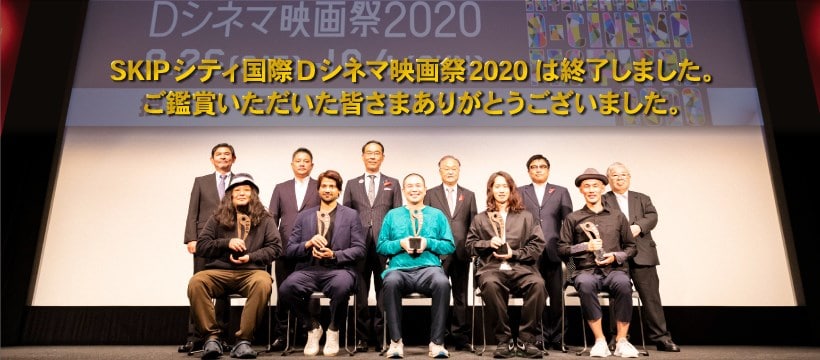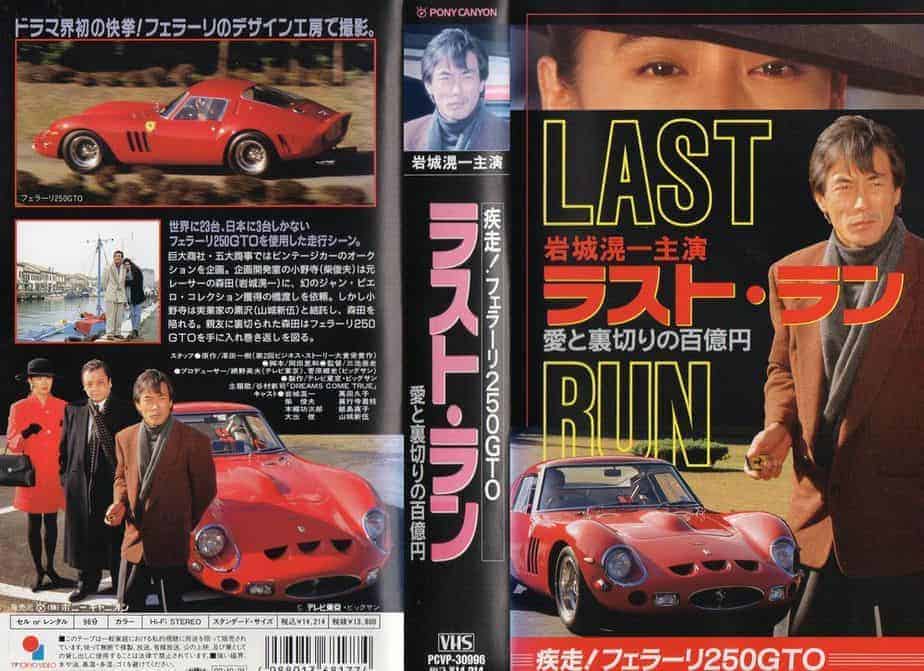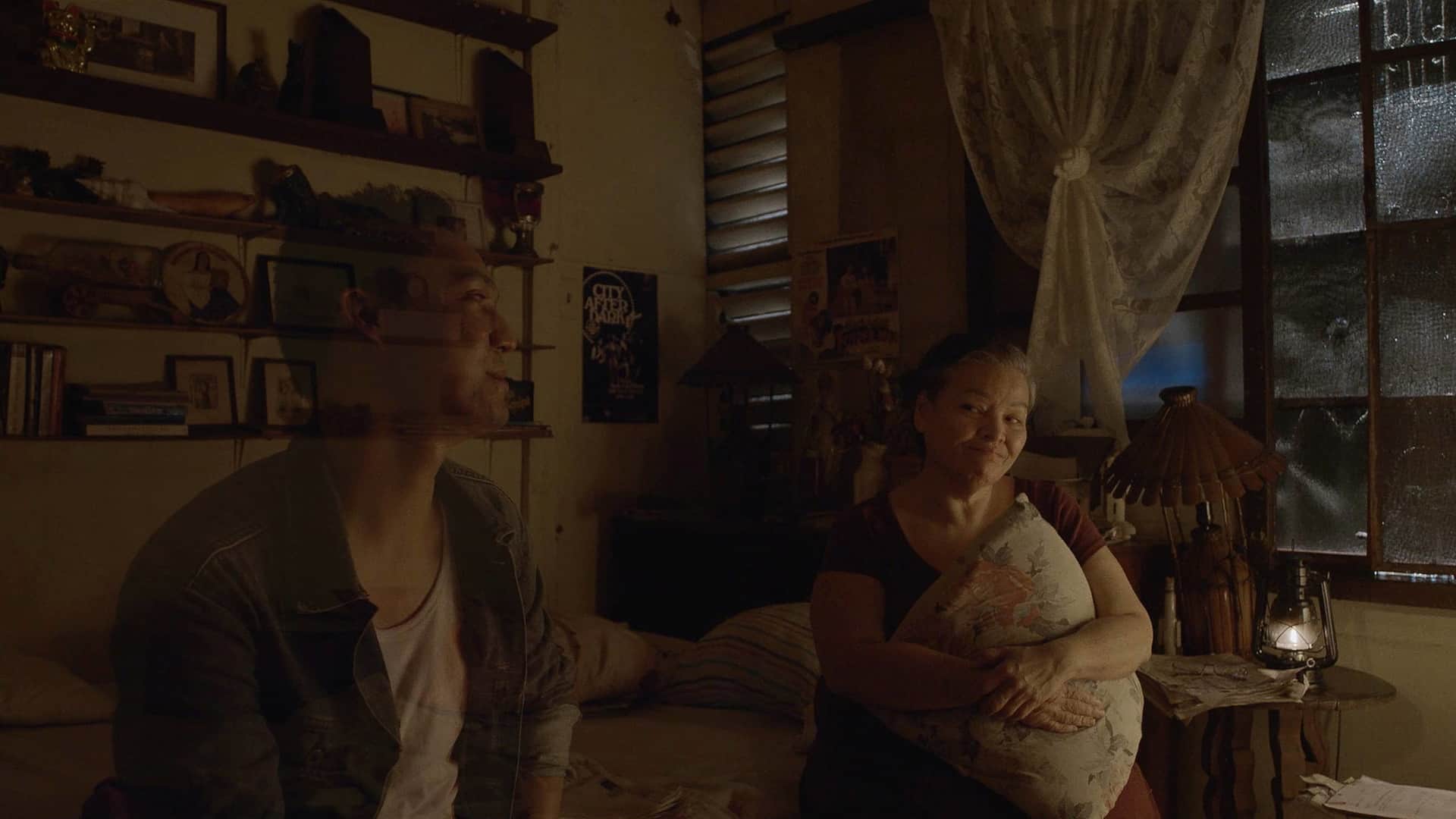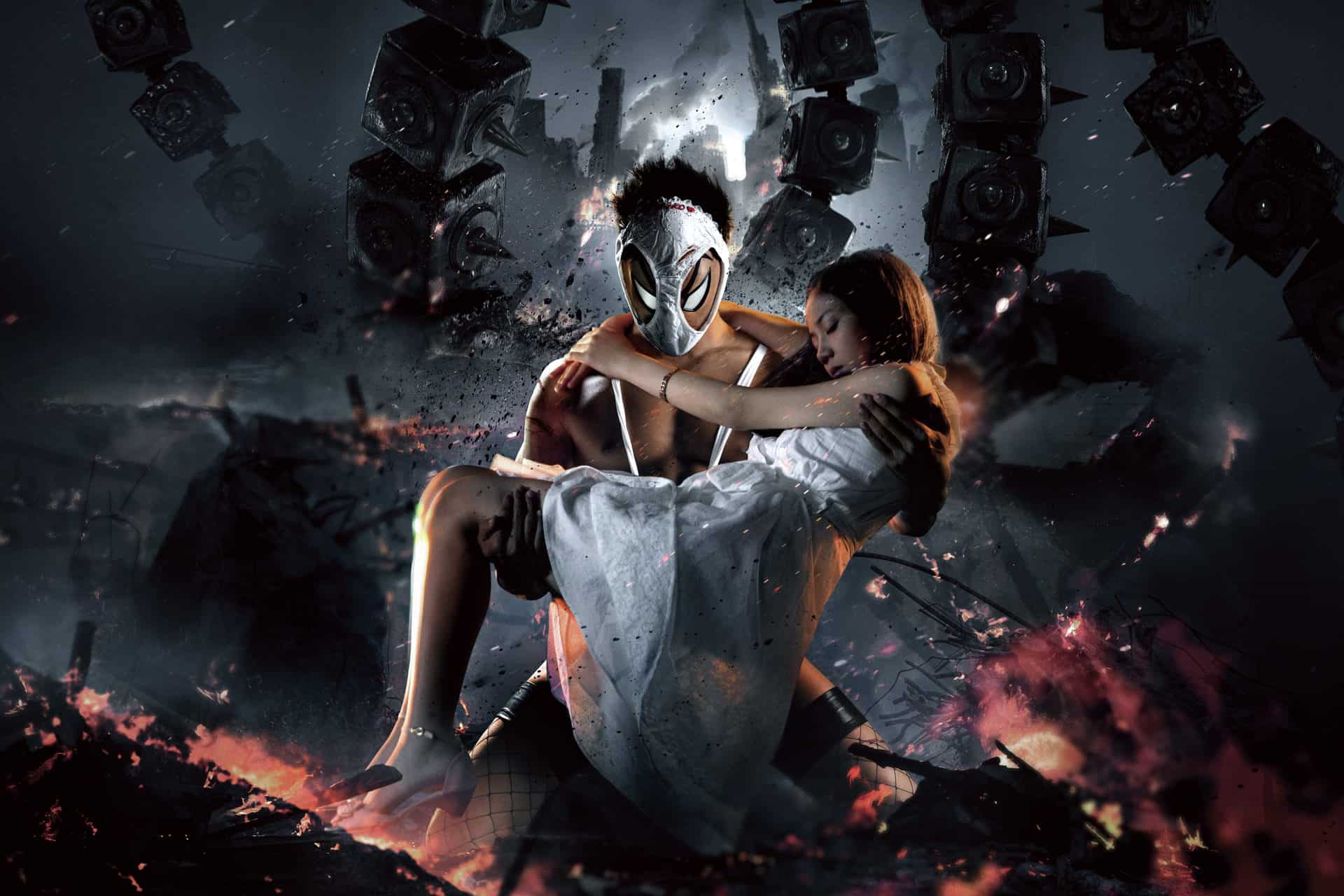Probably getting some inspiration from “Catfight”, Tomofumi Hasegawa deals with the concept of how certain moments define people, through a distinctly indie approach.
Arano screened at Skip City International D-Cinema Festival

The film begins in a classroom, where the tension between two girls, Fuko and Maeda, becomes obvious almost from the beginning. Eventually, Maeda tells the teacher that Fuko is chewing a gum, with the teacher asking her to spit it out. However, Alan (the title's Arano) takes a piece of that gum and starts chewing it, something that eventually leads Maeda to physically attack the unsuspecting Fuko a bit later in the school's corridor. Eventually, Alan asks Fuko to pose for him, with the whole thing going forward early one morning. However, during the posing, Fuko experiences a climax and faints. The homeroom teacher who happened upon the scene misread the situation which resulted in Alan's expulsion, thus estranging the two.
Eight years later, the events still tortures Fuko, and eventually decides to pay Alan a visit. However, he is now living with Maria, a rather jealous woman who eventually also ends up fighting with Fuko, before the latter asks from Alan to finish the session of that fateful morning.
Tomofumi Hasegawa directs a film that seems to focus on how specific events, particularly during childhood, can shape people and the how not letting go can become an issue for anyone. However, his approach towards the subject is a bit confusing, and his comments on both issues not clear at all, maybe perhaps with the way people always need closure and how jealousy can lead to violence.
However, any kind of comments he might have are actually overshadowed due to the two catfights, which, inevitably, dominate the narrative. The first one in particular is quite lengthy, and the use of classical music and slow motion make it a rather memorable one, even more so since we do not know why it is happening until the next scene. The second fight, however, which is presented through sound instead of being depicted on screen is completely unjustifiable, and even unnecessary one could say, perhaps only justified as a comment on how people will react in the same way in similar situations despite their age. When these two scenes are combined with the initial drawing one, it is difficult not to think that the director had these three scenes in his mind from the beginning, and built a whole film around them, something, which eventually, faulted the narrative significantly.
In that fashion, the actions of most of the characters throughout the movie remain disconnected and even illogical, and in the end, these three scenes are the only ones any viewer will probably remember. This aspect also faults the acting, as it is visible on occasion that the actors are not certain why their characters act like that.
On the other hand, “Arano” is beautifully shot. The long-shot in the beginning communicates the tension excellently, the first fight scene is impressively choreographed and shot, while the many frames featuring the sky are quite beautiful to look at. The absence of the protagonists from the screen, with them only heard in the background, also works quite nicely on occasion.
“Arano” is a strange case of a film, since the director seems to have known how to shoot but not what, thus resulting in a movie that has its moments, but does not work as a whole.















